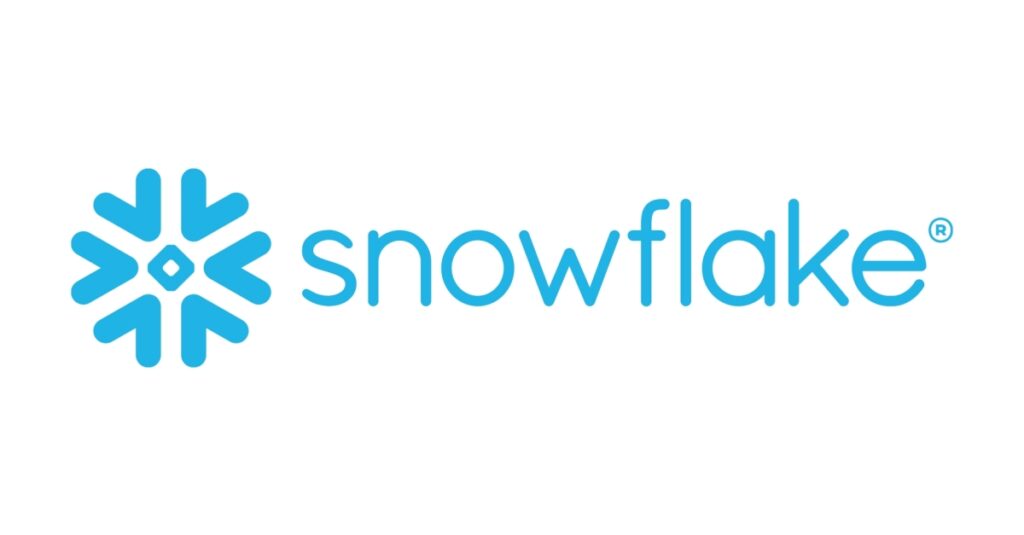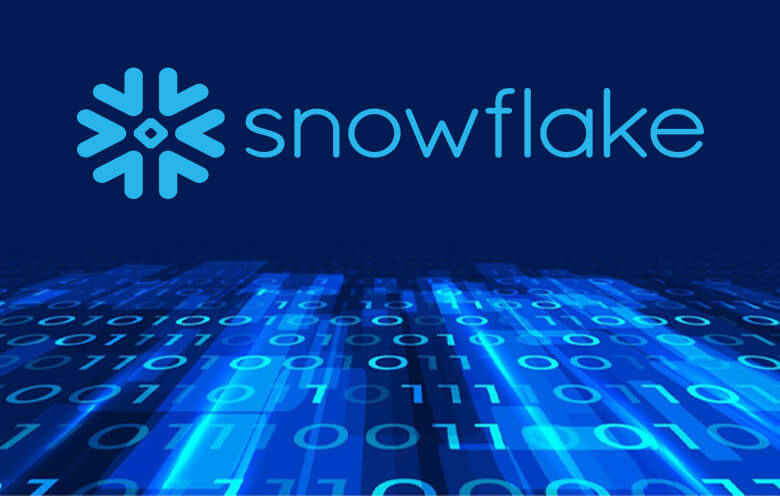
Introduction
Snowflake Inc. (SNOW) is a cloud-based data warehousing company that has revolutionized the way businesses store, manage, and analyze their data. This comprehensive guide will provide an in-depth overview of Snowflake, its key features, benefits, and potential drawbacks.

Key Features
- Cloud-Native Architecture: Snowflake is built on a cloud-native architecture, which means it is designed to run exclusively in the cloud. This eliminates the need for on-premises hardware and infrastructure, reducing costs and increasing flexibility.
- Elastic Scaling: Snowflake’s elastic scaling capabilities allow businesses to scale their data warehouse up or down as needed, without any downtime. This ensures that businesses can handle fluctuating data volumes and workloads without compromising performance.
- Data Sharing and Collaboration: Snowflake enables seamless data sharing and collaboration between different teams and organizations. Users can grant access to specific datasets or tables, allowing for efficient and secure data sharing.
- Advanced Analytics: Snowflake supports a wide range of advanced analytics capabilities, including machine learning, data science, and business intelligence. This allows businesses to extract valuable insights from their data and make informed decisions.
- High Concurrency: Snowflake’s architecture is designed to handle high concurrency, ensuring that multiple users can access and query data simultaneously without experiencing performance degradation.

Benefits
- Reduced Costs: Snowflake’s cloud-native architecture and elastic scaling capabilities significantly reduce hardware and infrastructure costs compared to traditional on-premises data warehouses.
- Increased Flexibility: The cloud-based nature of Snowflake provides businesses with greater flexibility to scale their data warehouse as needed, adapt to changing business requirements, and avoid vendor lock-in.
- Improved Performance: Snowflake’s optimized architecture and high concurrency capabilities ensure fast and reliable data access and query performance, even for large and complex datasets.

- Enhanced Data Security: Snowflake employs robust security measures, including encryption, access controls, and compliance certifications, to protect sensitive data from unauthorized access and breaches.
- Simplified Data Management: Snowflake’s intuitive user interface and automated data management features simplify data ingestion, transformation, and analysis, reducing the need for specialized technical expertise.

Potential Drawbacks
- Pricing: Snowflake’s pricing model is based on data storage and usage, which can be expensive for businesses with large datasets or high data consumption.
- Limited Customization: Snowflake’s cloud-native architecture limits the level of customization that businesses can apply to their data warehouse.
- Data Migration: Migrating data from existing on-premises data warehouses to Snowflake can be a complex and time-consuming process.

Conclusion
Snowflake Inc. (SNOW) is a leading cloud-based data warehousing solution that offers businesses significant benefits in terms of cost reduction, flexibility, performance, security, and data management. However, it is important to consider the potential drawbacks, such as pricing, limited customization, and data migration challenges, before making a decision. Overall, Snowflake is a powerful and innovative solution that can help businesses unlock the full potential of their data and drive data-driven decision-making.